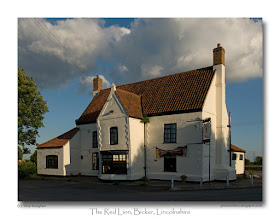 click photo to enlarge
click photo to enlargeSeveral years ago the British press reported that a television weather presenter, Sian Lloyd, had studied Thai dancers in order to make her own hand movements more expressive. Once you knew that fact it was no longer possible to remember anything she said about the weather because you spent the whole time watching her hands tracing arabesques and curlycues, fingers moving almost individually, as they gracefully indicated the sweep of the rain and the path of the wind as it passed over our islands.
At the time I remember wondering whether the other presenters should take a leaf out of her book and search around for inspiration to enliven their own presentations. Maybe one could base his approach on Kung Fu, alternating slow-motion swipes to show the passage of cloud across the country with fast, head-high kicks to indicate the areas of Scotland that would be subject to sub-zero temperatures. Another might inject a dull forecast that spoke about low-level stratus and fog by singing her script in the gospel-style, her body swaying from side to side to illustrate a gentle breeze, punctuating her exposition with alleluyahs and hands thrust high to heaven, at any indication of a sunny day to come.
I was thinking about this as I sat in my study looking at my window. It is flanked by gathered curtains (inherited when I bought the house) and has vertical blinds to keep glare off my computer monitor. Looking at it the other day, it reminded me of a theatre stage, though more Punch and Judy than Old Vic. My wife, outside, however, added a hint of that other Thai art, shadow puppetry, though the sun from the side made her outline more than a little contorted.
photograph & text (c) T. Boughen
Camera: Olympus E510
Mode: Aperture Priority
Focal Length: 16mm (32mm/35mm equiv.)
F No: f7.1
Shutter Speed: 1/100 seconds
ISO: 100
Exposure Compensation: 0 EV
Image Stabilisation: On



























